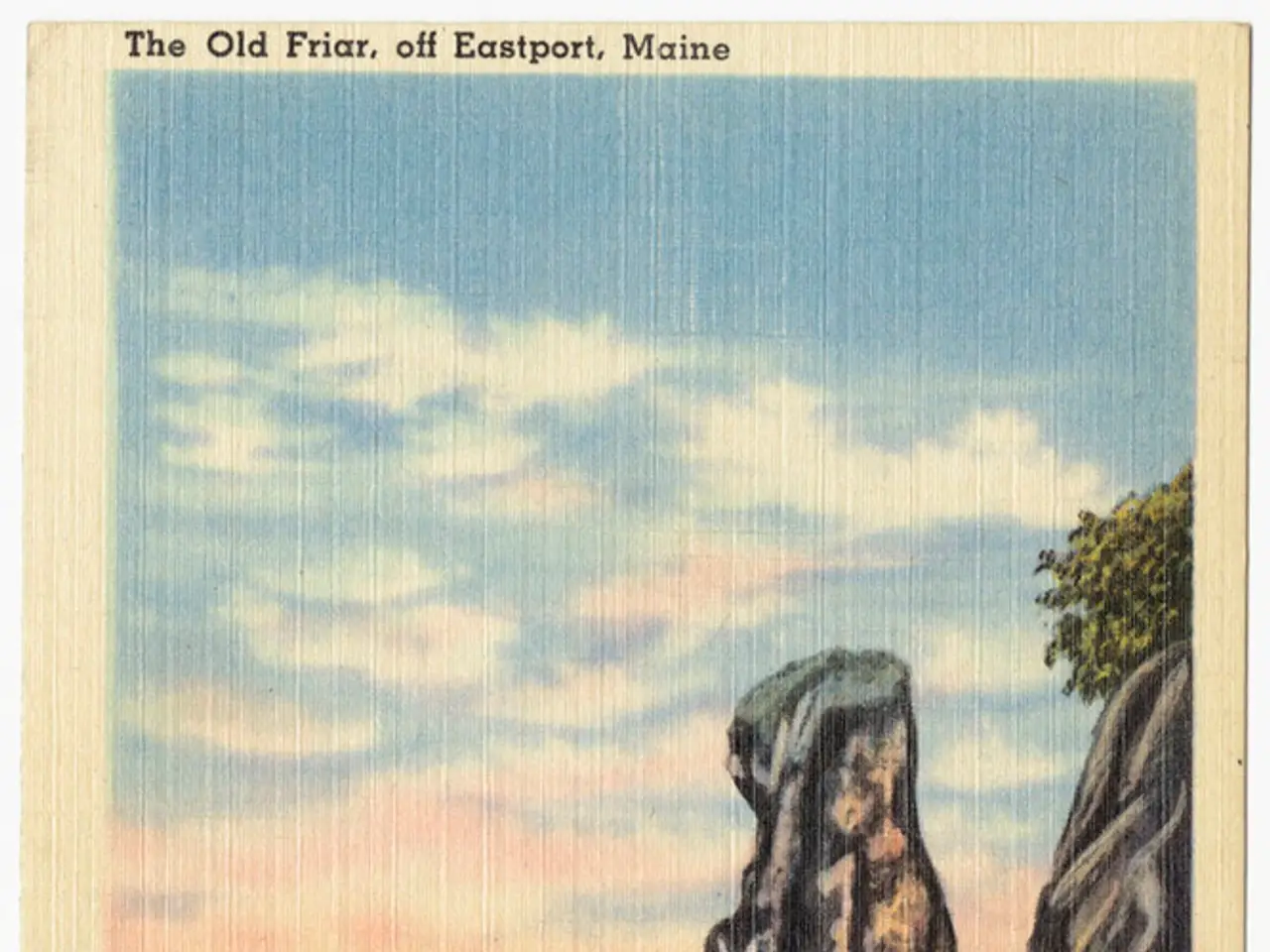Ghosts Causing Temperature Dips: An Explanation
In many homes, there are areas that feel noticeably cooler than the surrounding space. These cold spots have often been attributed to paranormal activity, such as the presence of ghosts. However, scientific evidence for the existence of ghosts remains elusive, and most theories about their nature and behavior are speculative.
When it comes to indoor cold spots, the explanations are rooted in natural physical causes rather than the supernatural. Here are some common factors that contribute to these chilly areas:
- Air Drafts and Ventilation: Cold spots frequently result from drafts caused by gaps or cracks in windows, doors, walls, or poorly insulated areas. Air conditioning vents, open windows, or faulty seals can also create localized cooler air circulation.
- Air Density and Circulation: Cooler air is denser and tends to settle near the floor or certain corners of a room, while warmer air rises. Uneven heating or cooling can therefore create perceptible cold spots.
- Thermal Bridging: In construction, some materials conduct heat better than others. Metal studs or poorly insulated sections can cause cooler areas on walls or floors, which feel like cold spots when touched.
- Humidity and Evaporation Effects: Higher moisture in specific areas can increase heat loss from the body via evaporation, causing that area to feel colder.
- Infrasound and Electromagnetic Factors: These factors can create sensations sometimes associated with coldness or unease, contributing to misinterpretations of paranormal phenomena.
Despite the common belief that ghosts are the cause of cold spots, no reliable scientific studies support this notion. Instead, natural phenomena in air and building physics provide plausible explanations for why some spots in a room feel colder than others.
Physicist Brian Cox has expressed his view that the existence of ghosts would contradict the Second Law of Thermodynamics and the principle of energy conservation. However, he did not provide a theory on what ghosts might be made of, if they exist.
In conclusion, indoor cold spots are typically the result of physical conditions related to air movement, temperature gradients, building materials, and humidity, rather than paranormal activity. While the mystery of ghosts remains, understanding the natural causes of cold spots can help homeowners address these issues and enjoy a more comfortable living environment.
References: [1] North Atlantic "cold blob" (NOAA) [2] Cold spots in haunted houses: debunking the paranormal (Skeptical Inquirer) [3] Polar vortex patterns (NASA)
Science and health-and-wellness are related in their shared interest in understanding and addressing various phenomena impacting human surroundings. For instance, mental health is significant when considering the perceived presence of ghosts or supernatural entities, as individuals may experience heightened emotions or feelings of anxiety in response to these beliefs. However, in the case of cold spots within homes, the explanations revolve around natural factors such as air drafts, air density, thermal bridging, humidity, and infrasound, rather than any connection to mental health or the supernatural. These findings align with the study of physical sciences, where energy conservation and the Second Law of Thermodynamics play a role in our understanding of the physical world.




